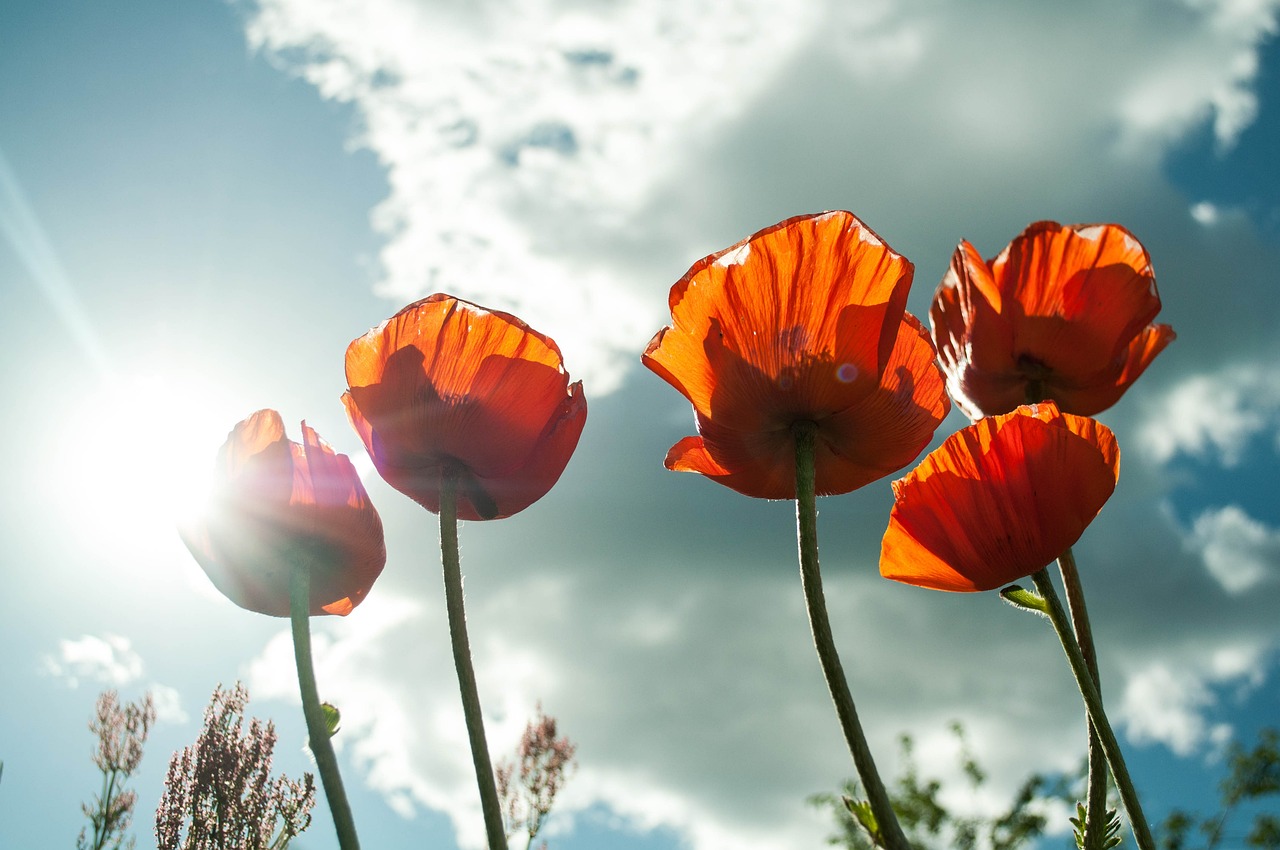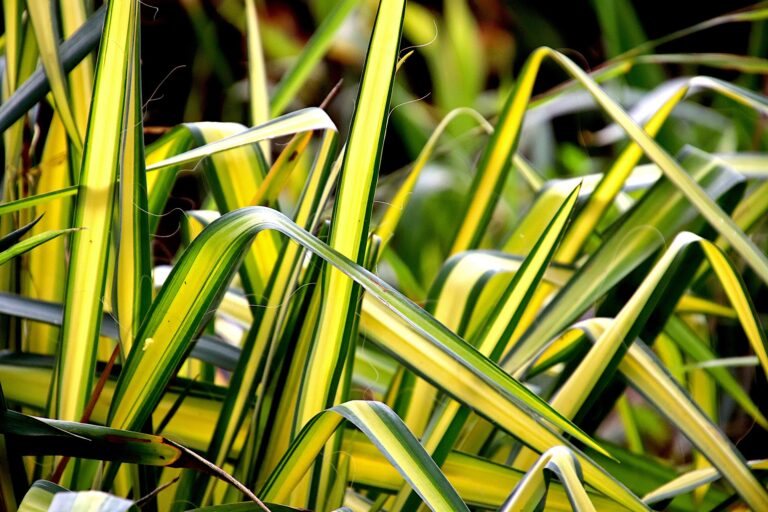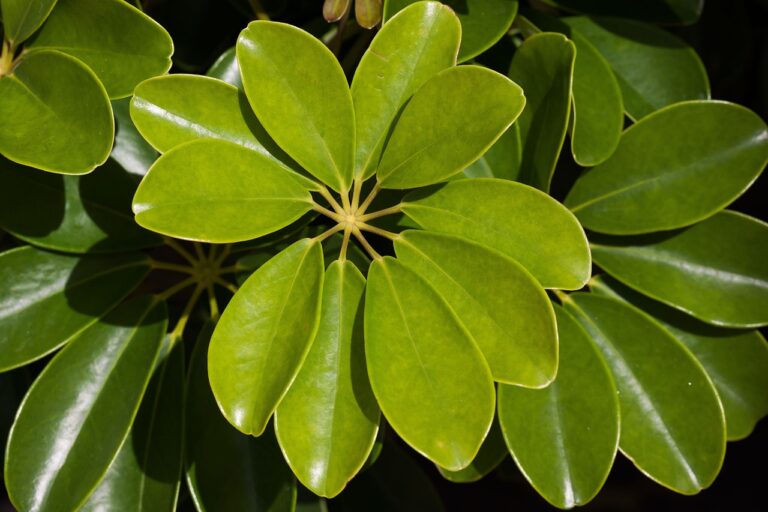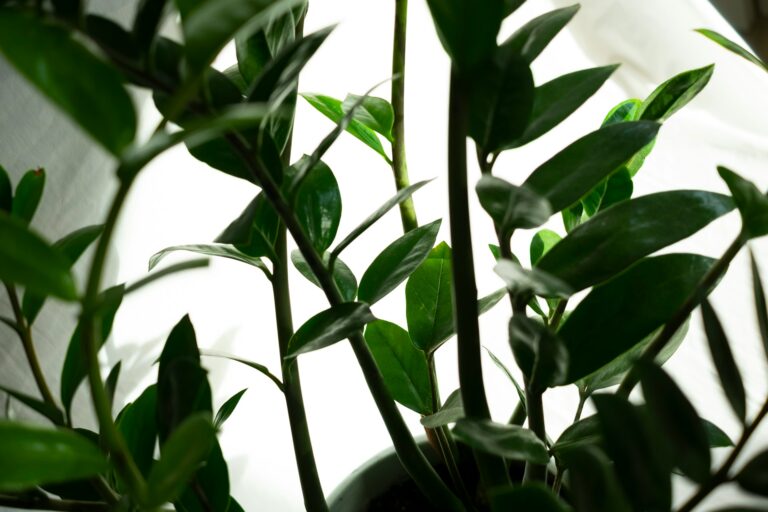Whew, is it hot out there or what?! As gardeners, we all dread those sweltering days when the mercury soars and our beloved plants start to wilt. Heat waves can be devastating for both outdoor and indoor plants.
As temperatures soar, plants risk dehydration, sunburn, and even death. Whether you have a thriving garden or a few houseplants, you must take proactive steps to protect them during these extreme conditions.
In this guide, we’ll explore effective tips and techniques to help your plants survive and thrive during a heat wave, ensuring they stay healthy and resilient despite the scorching heat.
How To Care For Plants During A Heat Wave
Understanding Heat Stress in Plants
Plants respond to excessive heat in ways that can be devastating if not addressed promptly. To effectively protect them, you need to understand the science behind heat stress and its impact.
What is Heat Stress, and How Does It Affect Plants?
Heat stress is when plants are exposed to temperatures higher than what they can tolerate. This leads to physiological changes like reduced photosynthesis, poor water uptake, and even tissue damage. When temperatures exceed a plant’s threshold, it loses water rapidly through transpiration and struggles to absorb nutrients effectively.
Signs of Heat Stress to Watch Out For
Key indicators include wilting during the day, even when soil is moist, curling leaves, brown or crispy leaf edges, and reduced flower production. Heat stress can also manifest as sunscald, where leaves develop bleached spots or burn marks.
Different Plant Types and Their Heat Tolerance Levels
Some plants, like cacti, succulents, and native Mediterranean species, thrive in high heat due to their thick leaves and waxy cuticles. On the other hand, moisture-loving plants like ferns, lettuce, and hostas are highly sensitive and require extra care during heat waves.
Plants with High Tolerance to Heat:
- Bougainvillea
- Thrives in full sun and high temperatures, making it ideal for hot climates.
- Lantana
- Very heat-tolerant and drought-resistant, producing vibrant flowers even in high temperatures.
- Sage (Salvia)
- Many varieties are heat-resistant and well-suited for hot, dry conditions.
- Mexican Feather Grass (Nassella tenuissima)
- Handles intense heat and full sun, adding a delicate texture to gardens.
- Portulaca (Moss Rose)
- Known for its ability to withstand high heat and drought, with colorful blooms.
- Yucca
- Thrives in full sun and high temperatures, with its striking architectural form.
Plants with Low Tolerance to Heat:
- Impatiens
- Prefers cooler temperatures and can struggle in high heat and full sun.
- Begonia
- Sensitive to high temperatures and intense sunlight; thrives in cooler, shaded areas.
- Hosta
- Enjoys shade and cooler conditions, and can suffer in direct sun and high heat.
- Lobelia
- Prefers cooler weather and can wilt or struggle in high temperatures.
- Coleus
- While some varieties are more tolerant, many coleus plants prefer cooler conditions and shade.
- Caladium
- Prefers shaded areas and can be sensitive to high temperatures and intense sunlight.
The Importance of Acting Quickly to Prevent Long-Term Damage
Heat stress can lead to stunted growth and long-term decline. The quicker you respond, the more likely your plants will recover without lasting damage. Immediate interventions like shading and deep watering can prevent your plants from becoming permanently stressed.
Watering Strategies to Beat the Heat
Effective watering is the cornerstone of plant care during a heat wave. The key is to keep plants hydrated without overwatering.
The Best Times to Water During a Heat Wave
Watering early in the morning is ideal because it allows plants to absorb moisture before the sun is at its peak. Evening watering is another option, but avoid it if your garden is prone to fungal diseases, as wet foliage overnight can promote mold and mildew.
Deep Watering Techniques for Optimal Root Hydration
Shallow watering often evaporates before it reaches the roots. Instead, aim for deep watering, where the soil is moistened several inches below the surface. Soaker hoses or slow-release methods like drip irrigation are excellent for ensuring water penetrates deep into the soil.
How to Check Soil Moisture Levels Effectively
Checking soil moisture regularly can prevent over- or under-watering. Insert a moisture meter into the soil, or use the finger test—if the soil feels dry 2-3 inches below the surface, it’s time to water.
The Pros and Cons of Drip Irrigation Systems
Drip irrigation is one of the most efficient ways to water plants during a heat wave. It minimizes water waste and ensures that moisture is delivered directly to the root zone. However, the initial setup can be costly and requires regular maintenance to avoid clogging.
Tips for Using Mulch to Retain Moisture
Mulch acts as a protective barrier, preventing water from evaporating and keeping the soil cool. Organic mulches like straw, compost, or wood chips are ideal because they gradually decompose, enriching the soil. Apply a 2-3 inch layer around your plants, but leave some space around the stems to prevent rot.
Providing Shade and Protection
Even sun-loving plants can struggle when temperatures spike. Providing shade is a practical way to protect your garden from heat stress.
If you don’t have access to shade cloth, you can easily create temporary shade using household items. Old bed sheets, beach umbrellas, or cardboard panels can be positioned to shield plants during the hottest parts of the day.
The Benefits of Shade Cloth and How to Use It
Shade cloth is a gardener’s best friend during a heat wave. Available in different densities, it reduces light exposure by 30% to 70%, depending on your needs. Drape it over hoops, stakes, or a simple frame to protect plants without blocking air circulation.
Strategic Placement of Heat-Sensitive Plants
Position delicate plants in naturally cooler areas of your garden. North-facing walls, shaded corners, and beneath taller plants are ideal spots. Grouping plants together can also create microclimates that retain humidity.
Creating Microclimate Zones in Your Garden
Microclimates are small areas within your garden that have unique temperature and humidity conditions. By using windbreaks, water features, or rock gardens, you can create zones that are naturally cooler and more moisture-retentive.
Fertilizing and Soil Care During Heat Waves
Maintaining soil health is crucial when your plants are under heat stress. However, fertilizing during high temperatures requires caution.
Should You Fertilize During Extreme Heat?
Fertilizers, especially those high in nitrogen, can stimulate growth, which stresses plants further during a heat wave. If necessary, apply a balanced, slow-release organic fertilizer early in the morning or consider foliar feeding with a diluted solution.
The Importance of Proper Soil Preparation
Healthy soil retains moisture better, making it less likely for plants to suffer during a heat wave. Work in compost and organic matter to improve soil structure and water retention.
Organic Mulches That Help Cool the Soil
Besides conserving moisture, organic mulches like compost, shredded leaves, and pine straw keep the soil temperature stable. This protects roots from overheating and reduces surface evaporation.
Avoiding Certain Gardening Practices During Heat Waves
Activities like pruning, transplanting, and fertilizing can stress plants even more during a heat wave. Focus on maintenance tasks like mulching, weeding, and monitoring soil moisture instead.
Container Plant Care in High Temperatures
Container plants face unique challenges during heat waves, as their roots are more exposed to temperature fluctuations.
Choosing the Right Pots to Combat Heat
Dark-colored or metal pots can absorb and retain heat, leading to overheating of roots. Opt for light-colored or ceramic containers, which reflect sunlight and keep roots cooler.
Moving Techniques for Potted Plants
If possible, relocate pots to cooler areas such as shaded patios, under pergolas, or beneath trees. This reduces their exposure to direct sunlight during peak hours.
Grouping Plants to Create Humidity Pockets
Placing containers close together helps trap moisture and creates a humid microenvironment, which can be beneficial for certain plants like tropical varieties and ferns.
Special Considerations for Balcony and Patio Gardens
Balconies and patios can become heat traps, reflecting sunlight off walls and concrete. Use reflective materials or hang shade cloths to cool these spaces. Consider placing pots on saucers filled with water to increase humidity and prevent roots from drying out.
Why Is My Lavender Plant Turning Yellow?
Heat-Tolerant Plants for Future-Proofing Your Garden
As climate patterns change, it’s wise to incorporate heat-resistant plants into your garden design.
Heat-Resistant Plants for Your Region
Select plants like lavender, salvia, sedum, and yucca, which can tolerate high heat with minimal watering. Native species are often more resilient since they’re adapted to local conditions.
Native plants have evolved to survive in your climate. Look for heat-resistant varieties that require less maintenance, like coneflowers, black-eyed Susans, and agaves.
Gradual exposure is key. Harden off new plants by slowly increasing their time in direct sunlight. Start with an hour or two each day, increasing exposure over two weeks until they’re fully acclimated.
Design Tips for a Heat-Resistant Garden Layout
Plan your garden with xeriscaping principles in mind. Group plants with similar water needs together, incorporate drought-tolerant ground covers, and use hardscape elements like gravel, rocks, and raised beds to reduce water loss.
How To Care For A Crispy Wave Fern Plant.
Post-Heat Wave Recovery for Your Plants
Once the heat wave subsides, some plants may need special care to bounce back.
Assessing Damage After Extreme Temperatures
Evaluate your plants for signs of sunscald, leaf burn, and root stress. Damage is often most evident on the south and west-facing sides of the garden.
Pruning and Care for Heat-Stressed Plants
Prune away damaged or dead foliage to encourage recovery. Focus on light pruning, avoiding major cuts that could further stress the plant. Deadheading spent flowers also helps redirect energy toward recovery.
Rehydration Techniques for Severely Wilted Plants
For plants that are extremely wilted, consider rehydrating them by soaking the root zone. Submerge containers in water for 15-20 minutes, allowing the soil to rehydrate fully. For garden plants, a slow-drip system can help revive dry soil.
When to Replace vs. When to Rehabilitate
If a plant has suffered significant root damage or is not showing signs of recovery after several weeks, it may be time to replace it with a more heat-tolerant species. However, if roots remain healthy, gradual recovery is possible with consistent care.
Snake Plant Care: 7 Easy Tips for Thriving Houseplants
Indoor Basil Care: 7 Tips for Thriving Herbs
Conclusion
With proper care and timely interventions, you can shield your plants from the harsh effects of a heat wave. By providing sufficient water, offering shade, and adapting your care routine, you can help your plants withstand the extreme conditions.
Remember, consistent observation and quick responses are key. By applying these tips, you’ll not only save your plants during a heat wave but also keep them flourishing year-round, regardless of the weather.



